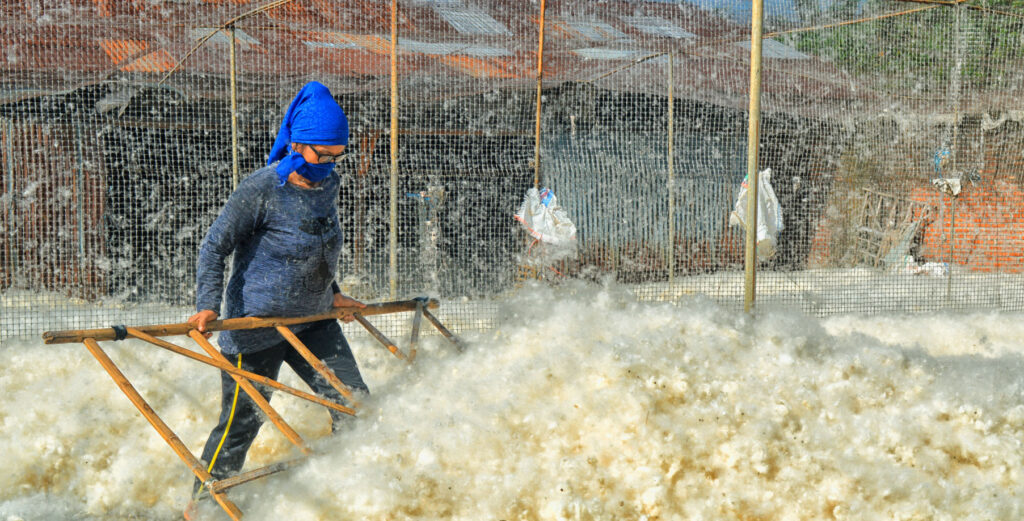Kapok Fiber: A Sustainable Economic Asset
In the face of rising environmental concerns and the urgent need for sustainable practices, kapok fiber is emerging not only as an eco-friendly material but also as a promising economic asset. Harvested from the kapok tree (Ceiba pentandra), this natural fiber offers economic opportunities for communities while contributing to environmental sustainability.
The Economic Potential of Kapok Fiber
- Local Livelihoods: The cultivation and harvesting of kapok trees provide a source of income for rural communities, especially in tropical regions. By engaging local populations in sustainable harvesting practices, kapok fiber production can create job opportunities and support economic stability.
- Value-Added Products: Kapok fiber can be transformed into a variety of products, including pillows, mattresses, clothing, and insulation materials. The ability to create diverse goods from kapok opens up various markets, increasing its economic value. Businesses can capitalize on the growing demand for sustainable and organic products, appealing to eco-conscious consumers.
- Export Opportunities: As global awareness of sustainability rises, the demand for natural fibers like kapok is also increasing. This presents significant export potential for countries that cultivate kapok, allowing them to tap into international markets and enhance their economic growth.
- Supporting Agroforestry: Integrating kapok trees into agroforestry systems can enhance land productivity while providing additional income streams for farmers. By planting kapok alongside other crops, farmers can diversify their income and improve soil health, contributing to long-term economic resilience.

Challenges to Economic Growth
While the potential of kapok fiber is promising, several challenges must be addressed to fully realize its economic benefits:
- Market Awareness: There is still limited awareness about kapok fiber in many markets. Education and marketing strategies are essential to promote its benefits and increase consumer demand.
- Production Consistency: Ensuring a steady supply of high-quality kapok fiber can be challenging. Investment in research and development to improve cultivation and harvesting techniques can enhance consistency and reliability.
- Sustainability Practices: To maintain the economic benefits of kapok fiber, it’s crucial to adhere to sustainable harvesting practices. Training programs for local communities can ensure that they understand and implement environmentally friendly methods.
The Future of Kapok Fiber in the Economy
As sustainability becomes increasingly integrated into economic frameworks, kapok fiber stands out as a viable option for both ecological and economic growth. By fostering local economies and promoting sustainable practices, kapok can play a significant role in the global shift towards greener materials.
Investing in the kapok fiber industry not only supports environmental conservation but also strengthens local economies. As consumers become more aware of their purchasing choices, the market for sustainable products, including those made from kapok, is likely to expand.
In conclusion, kapok fiber is more than just a natural material; it represents a pathway to sustainable economic development. By harnessing its potential, communities can create economic opportunities while contributing to a healthier planet. The journey of kapok fiber from forest to market exemplifies how nature can inspire and sustain economic growth in the modern world.
☎️ : +6285933133244
📍 : Jl.Ir Soekarno, No.122, Dadaprejo, Junrejo, Kota Batu, East Java 65323

